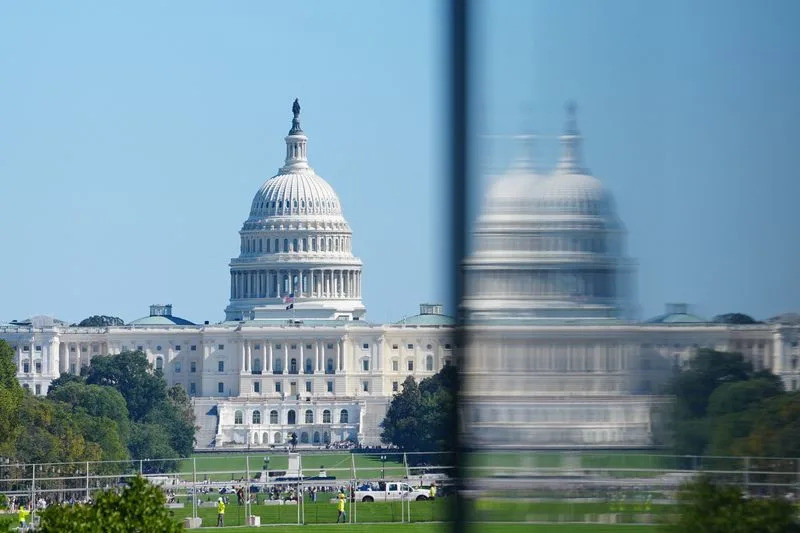The U.S. government shutdown, now in its second day as of October 2, 2025, shows no signs of resolution. It kicked off at midnight on October 1 after Congress failed to pass a funding bill, leaving federal agencies in limbo. Republicans and Democrats remain locked in a bitter standoff over the 2025 budget, with President Trump accusing Democrats of holding the economy hostage, while they counter that GOP demands for deep cuts are reckless.
At the heart of this mess is Russ Vought, Trump's pick to lead the Office of Management and Budget, who's been pushing hard for spending reductions that Democrats call extreme. Vought's vision includes slashing non-defense programs, which has only widened the partisan divide. Indeed, the shutdown echoes past crises—like the 35-day one in 2018-19 over border wall funding—but this time, the stakes feel even higher with threats of mass federal layoffs looming.
What exactly is a furlough? It's essentially unpaid leave for non-essential federal workers, affecting hundreds of thousands right now. Over 800,000 employees could face furloughs, disrupting everything from national parks to regulatory reviews. In Cincinnati, local impacts are already biting: federal offices there have shuttered, leaving workers without paychecks and stalling projects at places like the IRS processing center.
Moreover, the shutdown's ripple effects extend to everyday Americans. Social Security checks will keep coming—payments for October are secure since they're funded through the end of the month—but field offices are closed, delaying new claims or services. Student loans and mail delivery persist, yet air travel might snag with fewer TSA screeners, and SNAP benefits could face hurdles if not renewed.
History tells us these shutdowns often drag on; the longest lasted 21 days in 1995-96. But when will this one end? No talks are scheduled, and with Trump vowing no compromise, the uncertainty hangs heavy. However, past patterns suggest a last-minute deal could emerge, though not without more pain.
As federal workers brace for tougher days ahead, one wonders if this partisan gridlock will ever yield to the needs of a functioning government.

